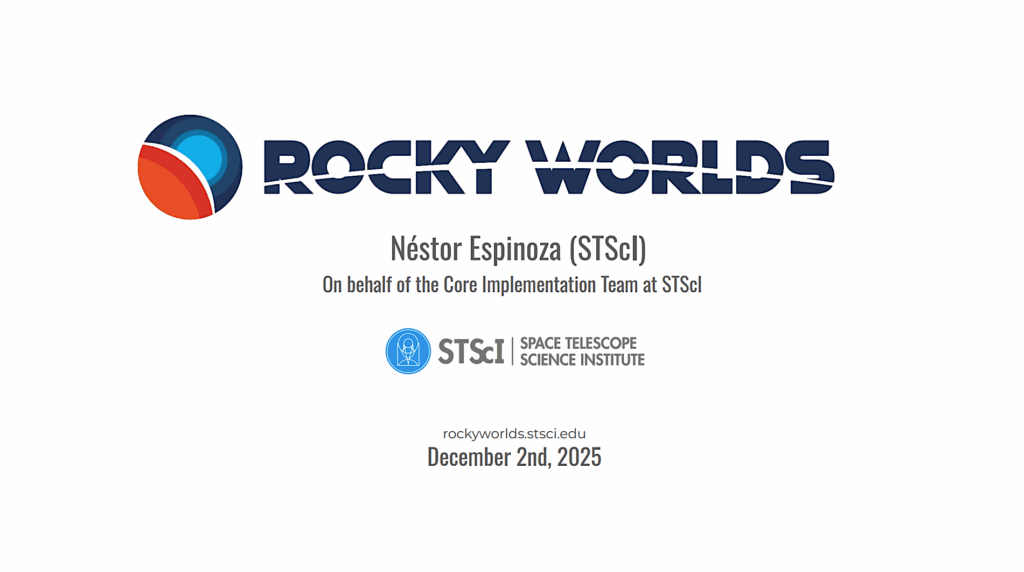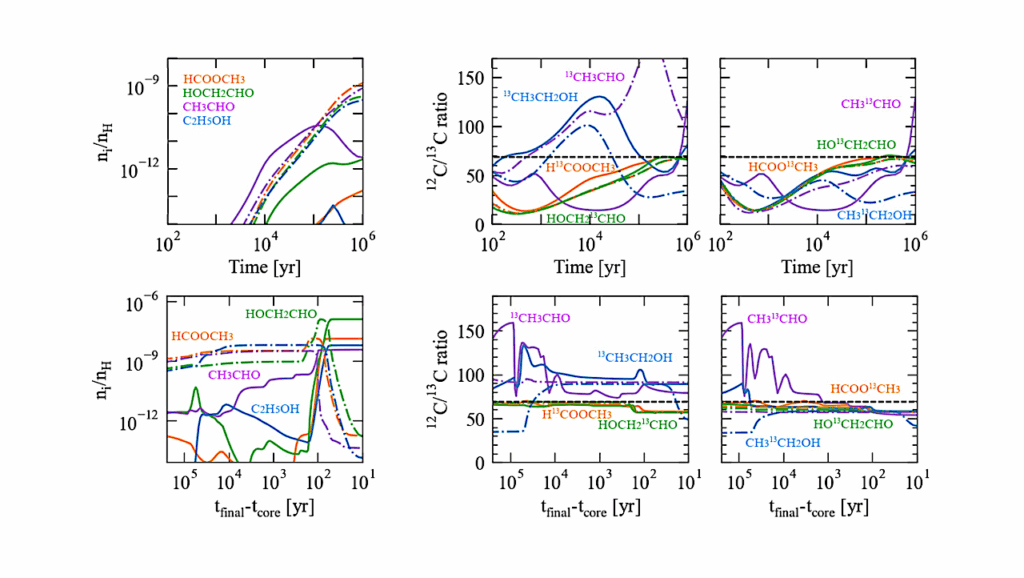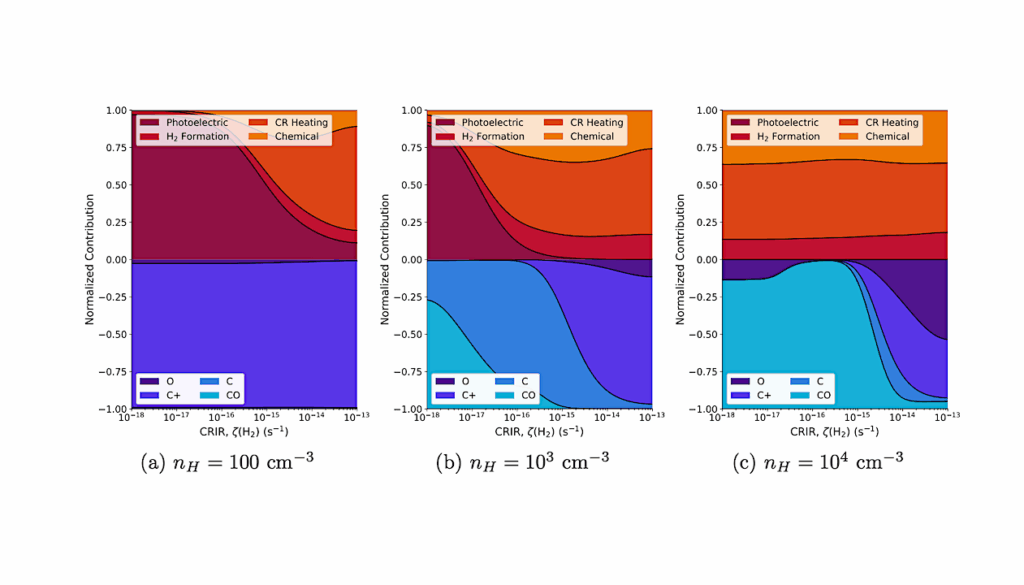Webb Identifies The Smallest Free-Floating Brown Dwarf Yet Observed
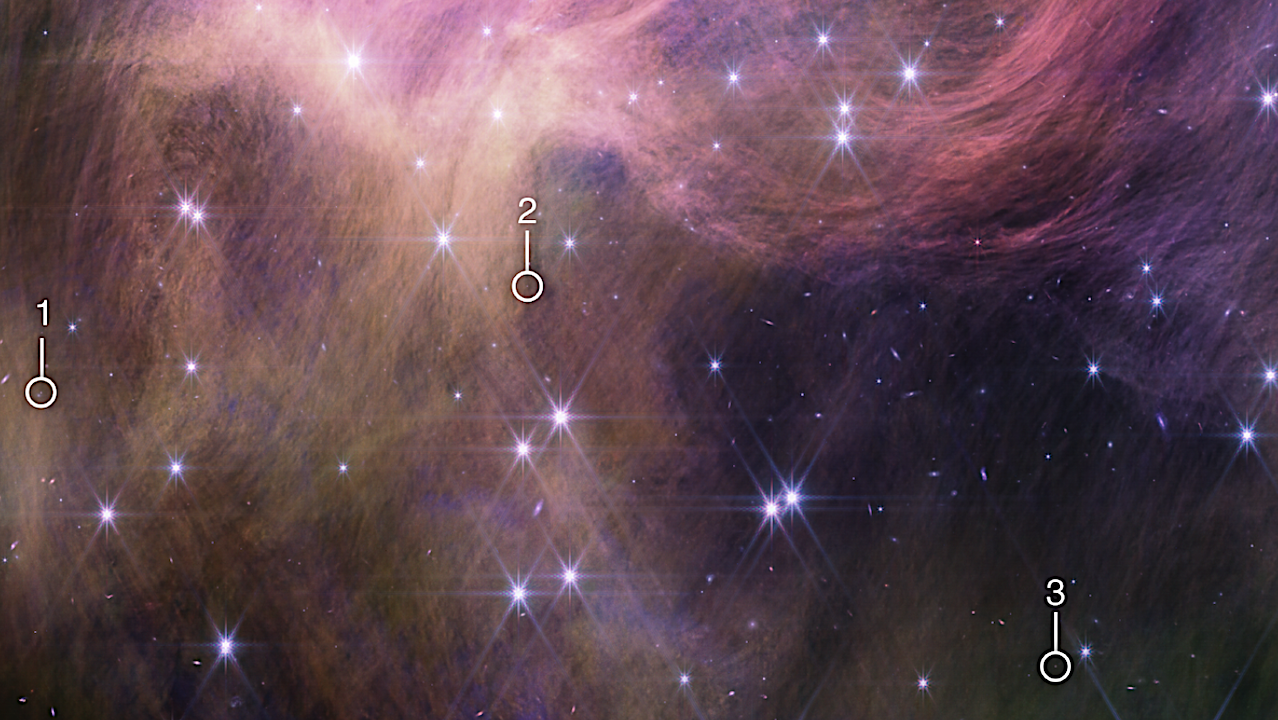
Brown dwarfs are objects that straddle the dividing line between stars and planets. They form like stars, growing dense enough to collapse under their own gravity, but they never become dense and hot enough to begin fusing hydrogen and turn into a star. At the low end of the scale, some brown dwarfs are comparable with giant planets, weighing just a few times the mass of Jupiter.
What are the smallest stars?
Astronomers are trying to determine the smallest object that can form in a star-like manner. A team using NASA’s James Webb Space Telescope has identified the new record-holder: a tiny, free-floating brown dwarf with only three to four times the mass of Jupiter.
“One basic question you’ll find in every astronomy textbook is, what are the smallest stars? That’s what we’re trying to answer,” explained lead author Kevin Luhman of Pennsylvania State University.
Search Strategy
To locate this newfound brown dwarf, Luhman and his colleague, Catarina Alves de Oliveira, chose to study the star cluster IC 348, located about 1,000 light-years away in the Perseus star-forming region. This cluster is young, only about 5 million years old. As a result, any brown dwarfs would still be relatively bright in infrared light, glowing from the heat of their formation.
The team first imaged the center of the cluster using Webb’s NIRCam (Near-Infrared Camera) to identify brown dwarf candidates from their brightness and colors. They followed up on the most promising targets using Webb’s NIRSpec (Near-Infrared Spectrograph) microshutter array.
Webb’s infrared sensitivity was crucial, allowing the team to detect fainter objects than ground-based telescopes. In addition, Webb’s sharp vision enabled them to determine which red objects were pinpoint brown dwarfs and which were blobby background galaxies.
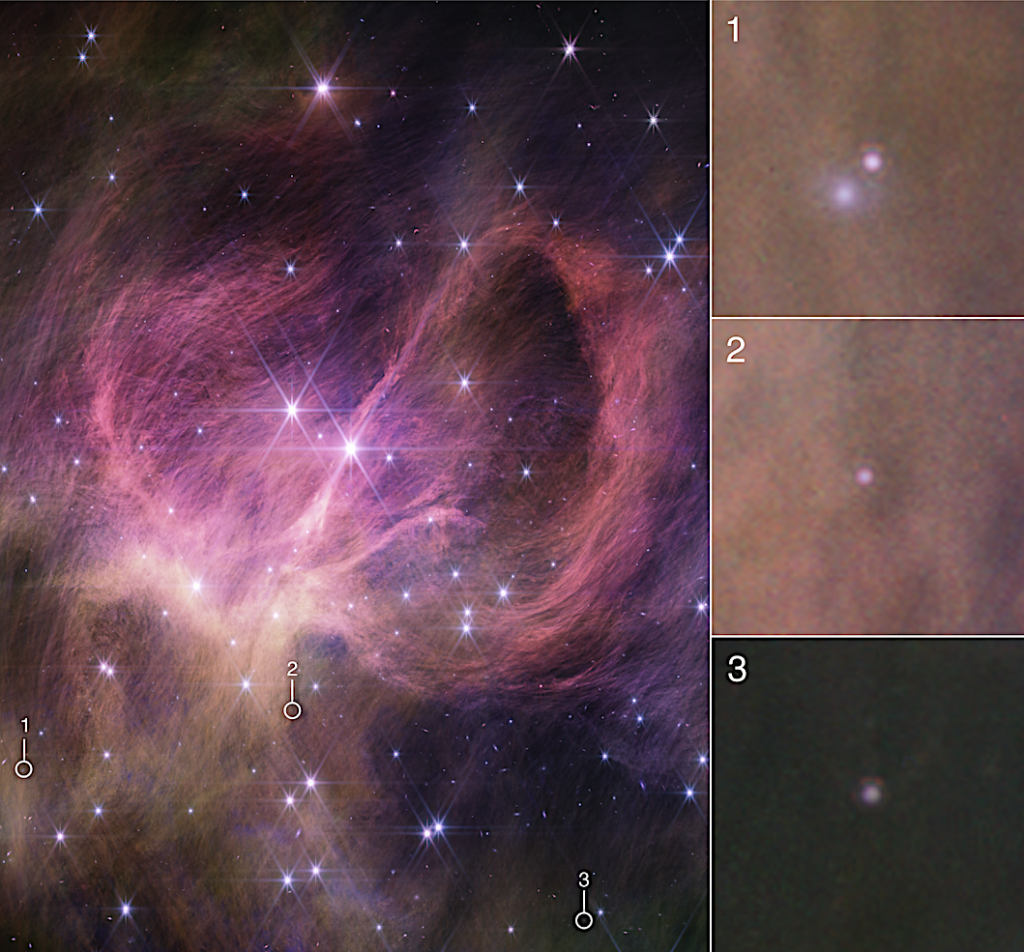
This image from the NIRCam (Near-Infrared Camera) instrument on NASA’s James Webb Space Telescope shows the central portion of the star cluster IC 348. The wispy curtains filling the image are interstellar material reflecting the light from the cluster’s stars – what is known as a reflection nebula. The material also includes carbon-containing molecules known as polycyclic aromatic hydrocarbons, or PAHs. Winds from the most massive stars in the cluster may help sculpt the large loop seen on the right side of the field of view. NASA, ESA, CSA, STScI, K. Luhman (Penn State University), and C. Alves de Oliveira (ESA) larger image
This winnowing process led to three intriguing targets weighing three to eight Jupiter masses, with surface temperatures ranging from 1,500 to 2,800 degrees Fahrenheit (830 to 1,500 degrees Celsius). The smallest of these weighs just three to four times Jupiter, according to computer models.
Explaining how such a small brown dwarf could form is theoretically challenging. A heavy and dense cloud of gas has plenty of gravity to collapse and form a star. However, because of its weaker gravity, it should be more difficult for a small cloud to collapse to form a brown dwarf, and that is especially true for brown dwarfs with the masses of giant planets.
“It’s pretty easy for current models to make giant planets in a disk around a star,” said Catarina Alves de Oliveira of ESA (European Space Agency), principal investigator on the observing program. “But in this cluster, it would be unlikely this object formed in a disk, instead forming like a star, and three Jupiter masses is 300 times smaller than our Sun. So we have to ask, how does the star formation process operate at such very, very small masses?”
A Mystery Molecule
In addition to giving clues about the star-formation process, tiny brown dwarfs also can help astronomers better understand exoplanets. The least massive brown dwarfs overlap with the largest exoplanets; therefore, they would be expected to have some similar properties. However, a free-floating brown dwarf is easier to study than a giant exoplanet since the latter is hidden within the glare of its host star.
Two of the brown dwarfs identified in this survey show the spectral signature of an unidentified hydrocarbon, or molecule containing both hydrogen and carbon atoms. The same infrared signature was detected by NASA’s Cassini mission in the atmospheres of Saturn and its moon Titan. It has also been seen in the interstellar medium, or gas between stars.
“This is the first time we’ve detected this molecule in the atmosphere of an object outside our solar system,” explained Alves de Oliveira. “Models for brown dwarf atmospheres don’t predict its existence. We’re looking at objects with younger ages and lower masses than we ever have before, and we’re seeing something new and unexpected.”

JWST/NIRSpec spectra of brown dwarf candidates selected from NIRCam images of IC 348 (Figure 4). The spectra are labeled with the source numbers from Table 1. We also show NIRSpec data for a known cluster member (source 13), which has been normalized to source 4 at 3.9 μm and shifted upward. The dotted lines mark absorption features in sources 1 and 3 that we attribute to overtone and combination bands of C–H stretching modes in the same carrier that produces the fundamental band at 3.4 μm. Those wavelengths are also marked in the spectra of sources 2 and 4 for reference. We have included a spectrum of the brightest PAH feature appearing in the background emission in the NIRSpec data. (The data used to create this figure are available.)
Brown Dwarf or Rogue Planet?
Since the objects are well within the mass range of giant planets, it raises the question of whether they are actually brown dwarfs, or if they’re really rogue planets that were ejected from planetary systems. While the team can’t rule out the latter, they argue that they are far more likely to be a brown dwarf than an ejected planet.
An ejected giant planet is unlikely for two reasons. First, such planets are uncommon in general compared to planets with smaller masses. Second, most stars are low-mass stars, and giant planets are especially rare among those stars. As a result, it’s unlikely that most of the stars in IC 348 (which are low-mass stars) are capable of producing such massive planets. In addition, since the cluster is only 5 million years old, there probably hasn’t been enough time for giant planets to form and then be ejected from their systems.
The discovery of more such objects will help clarify their status. Theories suggest that rogue planets are more likely to be found in the outskirts of a star cluster, so expanding the search area may identify them if they exist within IC 348.
Future work may also include longer surveys that can detect fainter, smaller objects. The short survey conducted by the team was expected to detect objects as small as twice the mass of Jupiter. Longer surveys could easily reach one Jupiter mass.
These observations were taken as part of Guaranteed Time Observation program 1229. The results were published in the Astronomical Journal.
The James Webb Space Telescope is the world’s premier space science observatory. Webb is solving mysteries in our solar system, looking beyond to distant worlds around other stars, and probing the mysterious structures and origins of our universe and our place in it. Webb is an international program led by NASA with its partners, ESA (European Space Agency) and the Canadian Space Agency.
A JWST Survey for Planetary Mass Brown Dwarfs in IC 348*, The Astronomical Journal (open access)
Astrobiology



